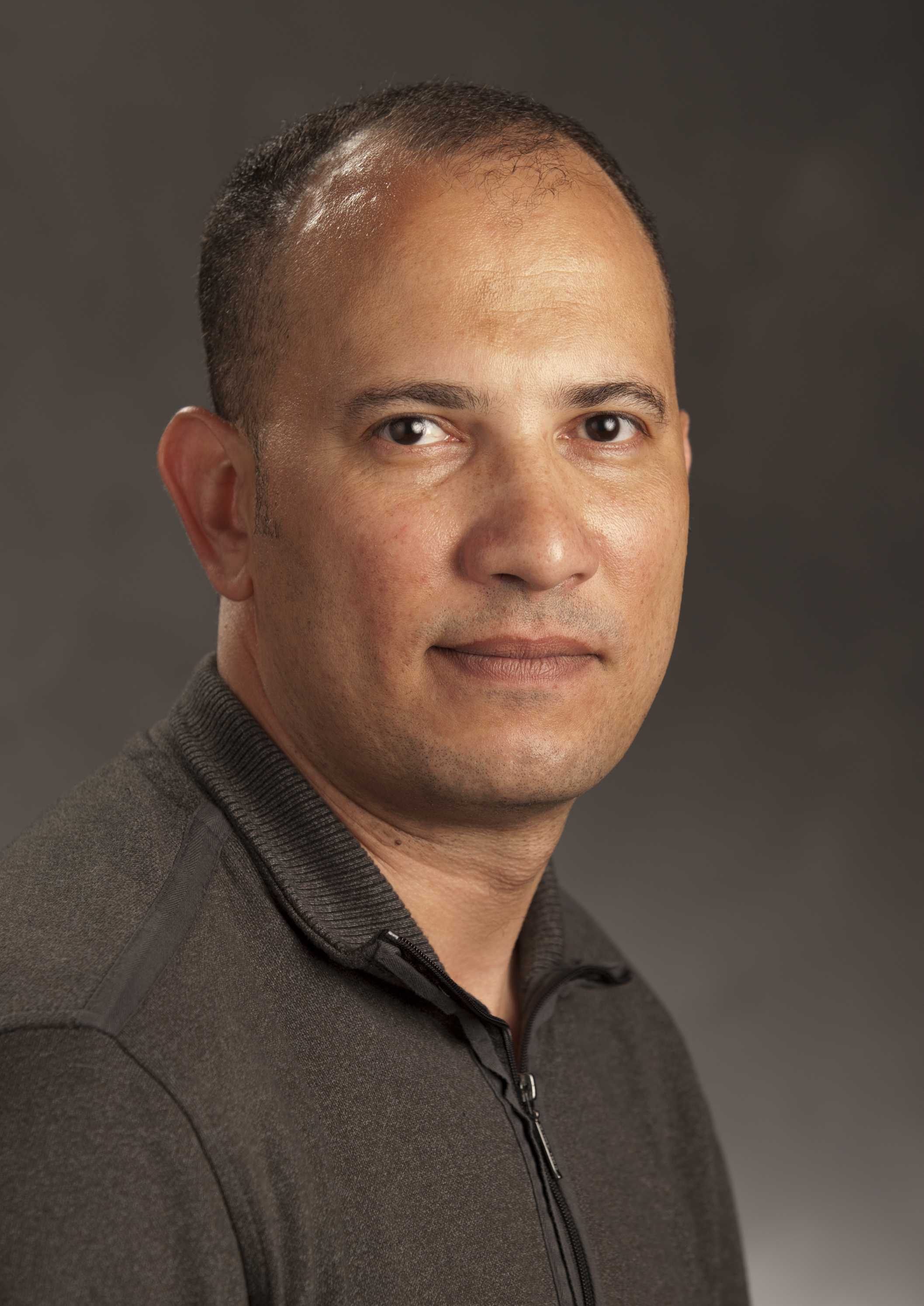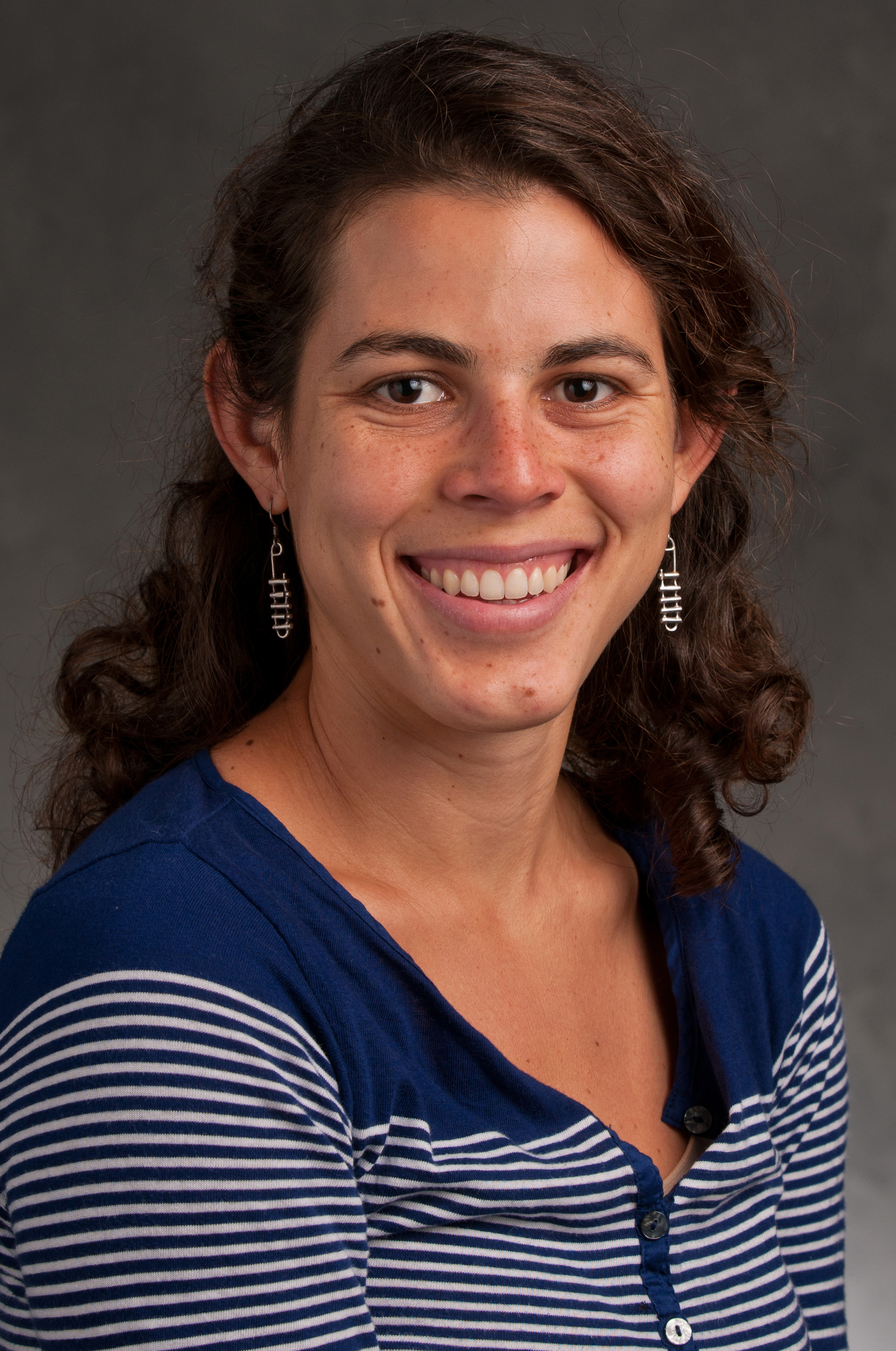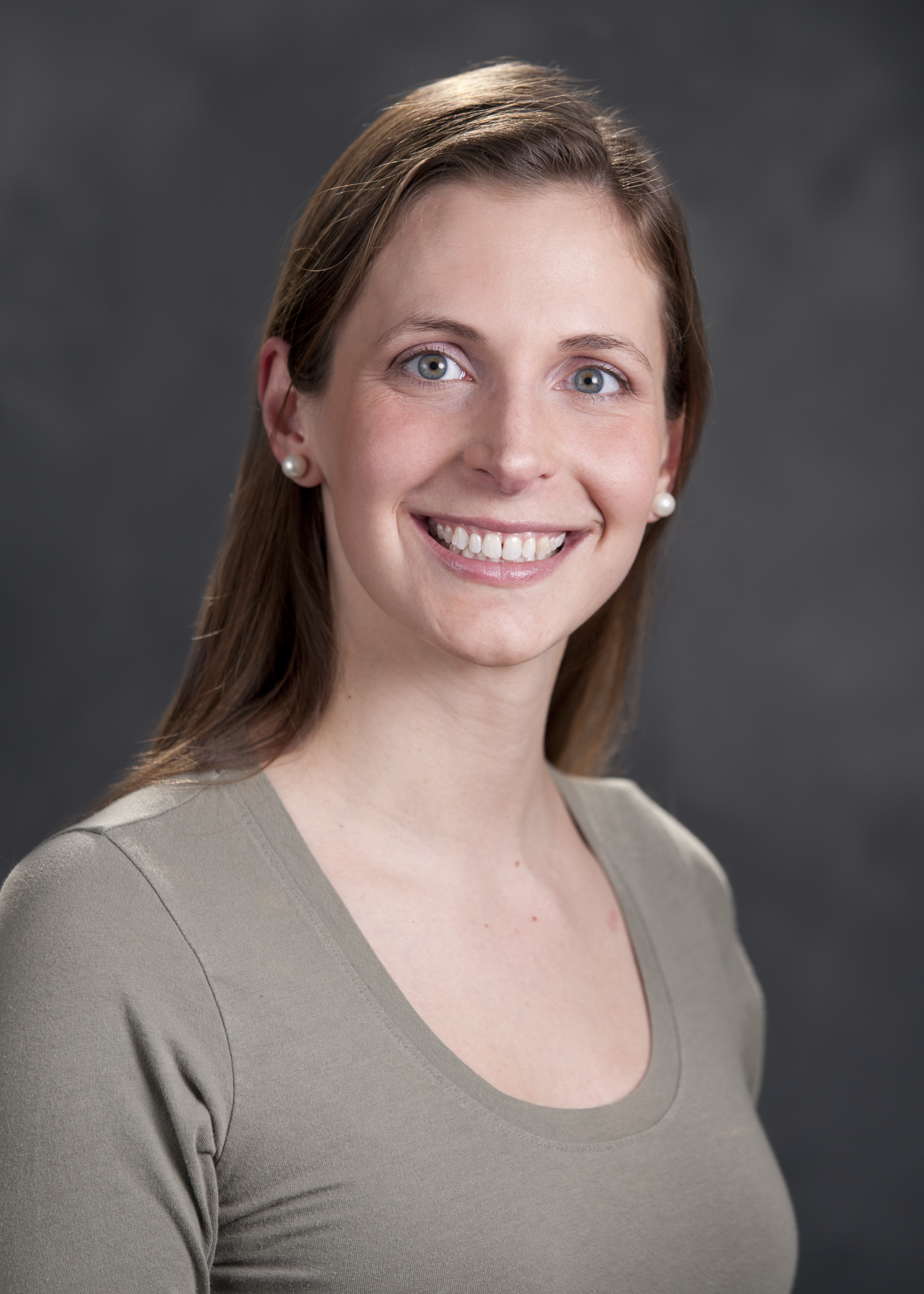CSIS grad students on research symposium agenda
Add Summary
Four CSIS students will present at the Seventh Annual Department of Fisheries and Wildlife Graduate Student Research Symposium Friday, Feb. 24, at the MSU Union.
Doctoral students Ayman Mabrouk and Chiara Zuccarino-Crowe and master’s students Kiira Siitari and Miriam Toro Rosario each will offer 15-minute presentations.
Doctoral students Wu Yang and Abigail Lynch are on the symposium’s organizing committee.
Student presentations will begin at 9 a.m. Awards will be given for the best student presentations. The symposium is free to all registered participants.
The event will culminate with a keynote address, "Imperiled Giants: Ecology and Conservation of the World's Largest Freshwater Fish," from Zeb Hogan, assistant research professor at the University of Nevada-Reno, National Geographic Emerging Explorer, and the United Nations Convention on Migratory Species Scientific Councilor for Fish. A poster session and evening social (food and beverages provided) will conclude the symposium.
 Mabrouk’s presentation (10 a.m.): “The impact of establishing no-take zones in maintaining sustainable artisanal fisheries in Nabq Managed Protected Area, South Sinai, Egypt”
Mabrouk’s presentation (10 a.m.): “The impact of establishing no-take zones in maintaining sustainable artisanal fisheries in Nabq Managed Protected Area, South Sinai, Egypt”
Mabrouk’s work evaluates the composition and productivity of small-scale artisanal fisheries in the Red Sea in South Sinai, Egypt, and the effectiveness of no-take zones. The zones were established in an area of traditional Bedouin activity. To evaluate the no-take zones, Mabrouk conducted an underwater visual census of coral reef fishes and surveyed Nabq fishermen on their catch from 1999 to 2008. He and his colleagues discovered that the total fish abundance in the no-take zones was significantly higher than in the take zones, and that fishermen shifted their effort to nearby healthy areas.
Overall, catch per unit decreased significantly over the years, catch composition changed dramatically, and size at harvest was significantly reduced. Mabrouk aims to create recommendations to achieve fisheries sustainability and to secure the livelihood of an important cultural community.
 Siitari’s presentation: (4:20 p.m.):“What is limiting to the generalist? River otter distribution across Michigan.”
Siitari’s presentation: (4:20 p.m.):“What is limiting to the generalist? River otter distribution across Michigan.”
Siitari looks at what makes good river otter habitat in Michigan, a topic not widely explored in literature, and needed to adequately protect their habitat. The current understanding of river otters suggests their relatively flexible habitat selection makes it seem they could live anywhere in Michigan except in dense urban areas. However, otters don’t live everywhere in Michigan. Siitari’s study looked at patterns in the landscape to predict what limits river otter distribution and abundance in the state, such as amount of forest cover, density of water bodies and distribution of wetlands. She concludes that otters are limited by their ability to find and access food and also may be more sensitive to agriculture than previously shown.
 Toro Rosario’s presentation (3:50 p.m.):“Operation Bootstrap The exploitation of women’s bodies through female sterilization, a Puerto Rican case study
Toro Rosario’s presentation (3:50 p.m.):“Operation Bootstrap The exploitation of women’s bodies through female sterilization, a Puerto Rican case study
Toro Rosario used gender studies and ecology to better understand how individual or collective decisions have considered women’s bodies malleable, exploitable or adaptable environments. She uses Puerto Rican's female sterilizations during "Operation Bootstrap," an industrialization effort in the mid-20th century, as an example. Toro Rosario combined data on women sterilized along with gender theories of the exploitation to consider women’s bodies as an environment. She also explored the lack of official government policy for the potential gender and social implications.
 Zuccarino-Crowe’s presentation (1:30 p.m.):“Lake Trout refuge effects on select fish species in the Apostle Islands region of Lake Superior.”
Zuccarino-Crowe’s presentation (1:30 p.m.):“Lake Trout refuge effects on select fish species in the Apostle Islands region of Lake Superior.”
Zuccarino-Crowe evaluated the potential effects of two refuges created to help rehabilitate populations of lake trout, a native predatory fish whose Great Lakes populations collapsed in the 1950s due to overfishing and attacks from sea lampreys. The refuges were closed to fishing in the Apostle Islands region of Lake Superior. She used historical monitoring data of the fish populations to evaluate the effects of the refuges on both the lake trout as well as other commercially and ecologically important species in the native fish community.



 Print
Print Email
Email
